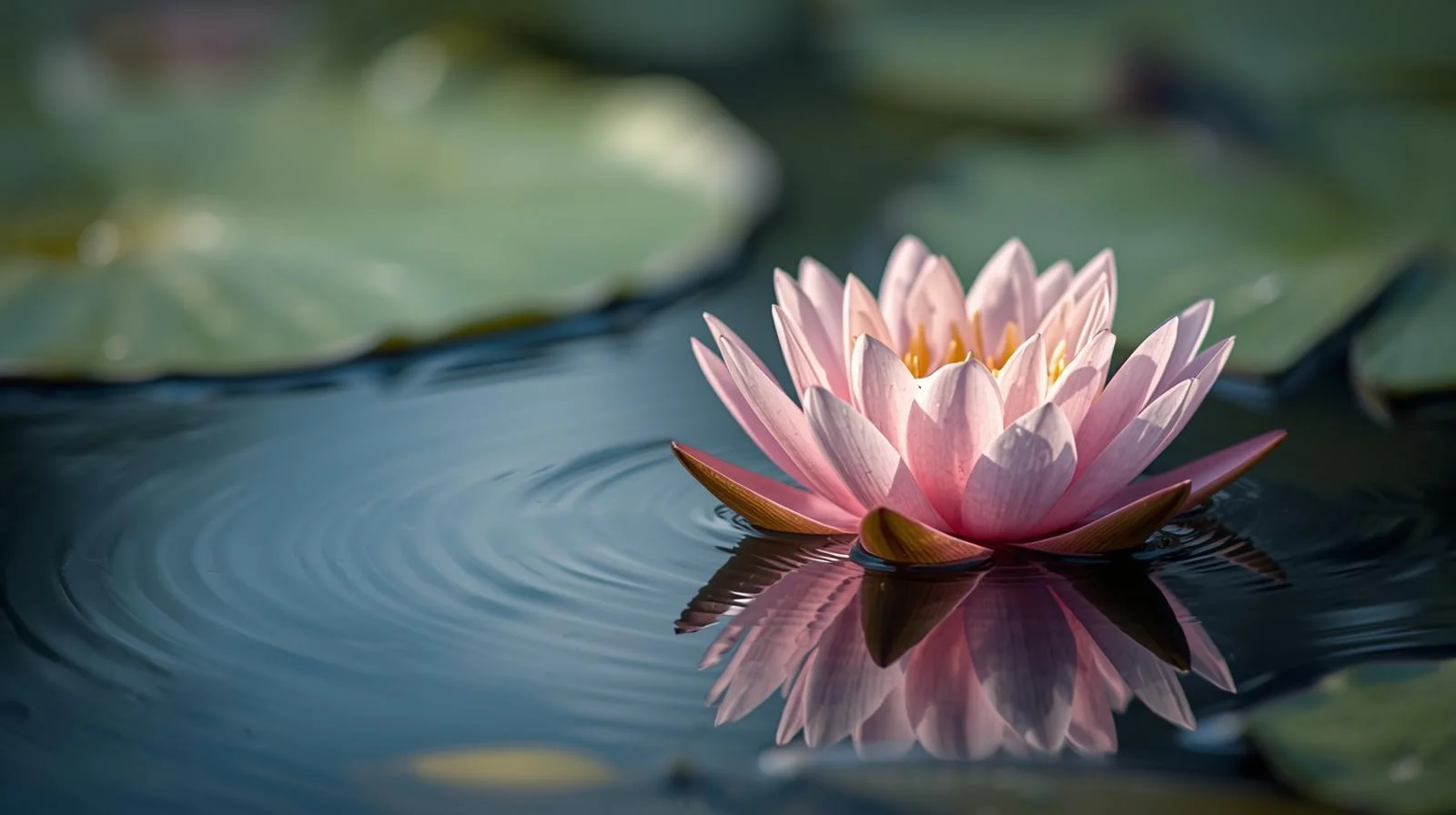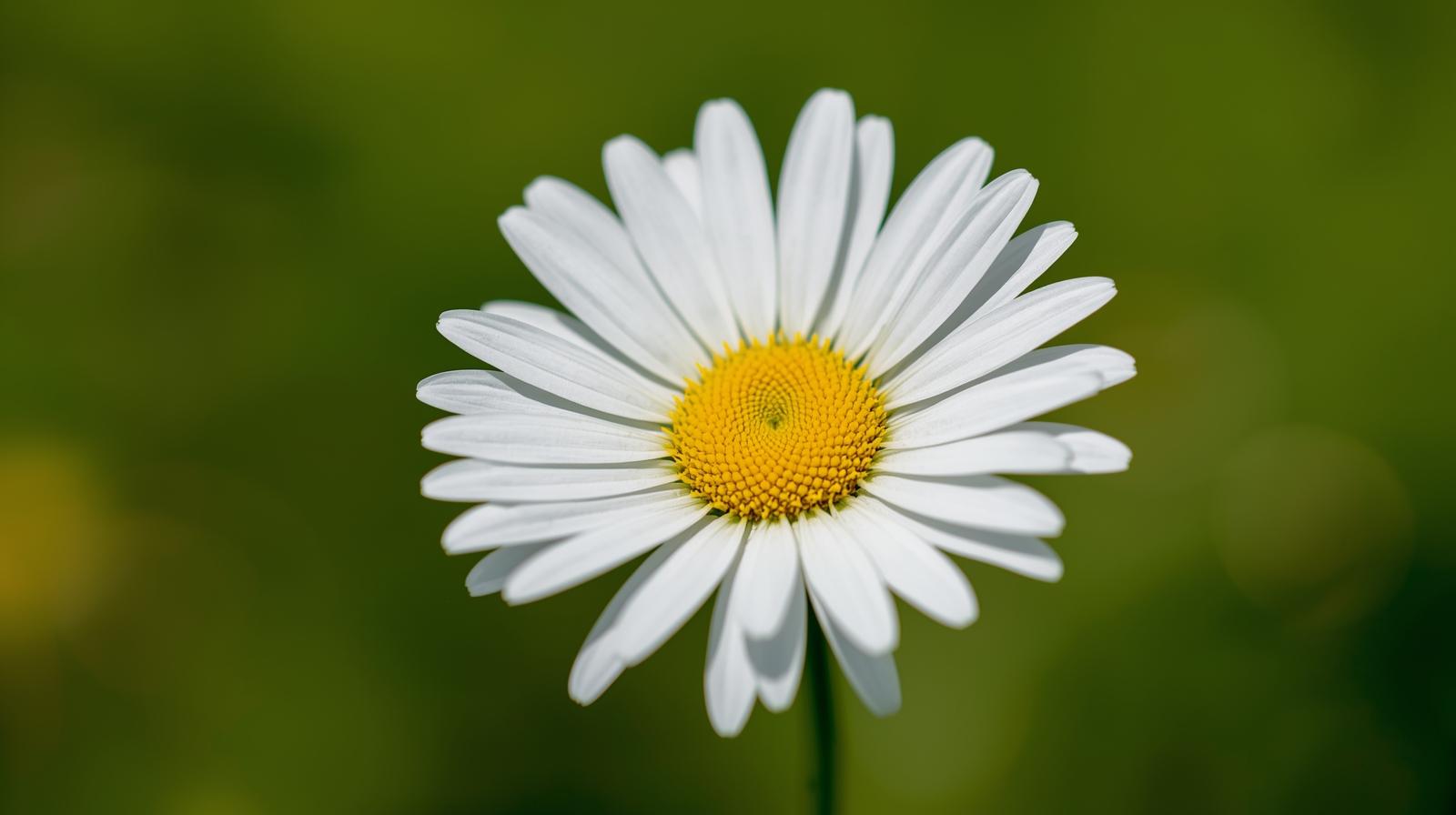Water Lily Meaning

The Symbolism of Water Lilies: Discovering Their Meaning
Water Lily Meaning, with their stunning blooms and serene presence, have captivated the hearts of many across cultures and centuries. These enchanting flowers are not just beautiful; they carry profound symbolic meanings that resonate deeply with human experiences and emotions. In various traditions, water lilies symbolize purity, enlightenment, and transformation, reflecting the journey of life itself.
- The Symbolism of Water Lilies: Discovering Their Meaning
- Water Lily Meaning: A Deep Dive into Its Symbolic Significance
- Unraveling the Mysteries: What Water Lilies Represent
- Water Lily Meaning in Different Cultures: A Symbol of Purity and Beauty
- The Spiritual Significance of Water Lilies: Meaning and Interpretation
- Water Lily Meaning Explained: From Beauty to Spirituality
- Water Lilies in Art: Water Lily Meaning
- The Language of Water Lilies: Water Lily Meaning
In the context of spirituality, water lilies are often associated with rebirth and renewal. This is particularly evident in their growth process. They emerge from the muddy depths of ponds, stretching toward the sun, which represents the journey from darkness to light. This transformation makes them a powerful symbol of resilience and hope, reminding us that beauty can flourish even in the most challenging circumstances.
Furthermore, Water Lily Meaning linked to concepts of tranquility and peace. Their floating petals and soft colors evoke a sense of calm, making them a popular choice in gardens and water features intended for relaxation and meditation. In art and literature, they often represent the ideal state of serenity, inviting contemplation and reflection.

Water Lily Meaning: A Deep Dive into Its Symbolic Significance
To understand the significance of water lilies fully, one must delve into their cultural interpretations. In many Eastern cultures, particularly in Buddhism, the water lily, or lotus, is revered as a symbol of spiritual awakening and enlightenment. The flower’s ability to rise above muddy waters to blossom beautifully is an allegory for the human spirit’s journey toward enlightenment and self-realization.
In addition to spiritual connotations, water lilies serve as symbols of love and devotion. Their delicate beauty and ethereal nature make them a favored emblem in romantic contexts, often representing deep emotional bonds and the purity of love. In this regard, gifting water lilies can convey sincere feelings and a commitment to nurturing a relationship.
Moreover, water lilies also have a strong connection to femininity and grace. Their soft petals and gentle presence are often associated with feminine qualities, making them a popular motif in art that celebrates womanhood and the divine feminine. This association further enhances their role as symbols of beauty and nurturing, reflecting the gentle yet powerful nature of women.
| Symbolic Meaning | Interpretation | Cultural Relevance |
|---|---|---|
| Purity | Represents cleanliness and innocence | Widely accepted across various cultures |
| Enlightenment | Signifies spiritual awakening and growth | Prominent in Buddhist teachings |
| Love | Symbolizes deep emotional connections | Common in romantic gestures |
| Femininity | Embodies grace and nurturing qualities | Often depicted in art celebrating women |
| Tranquility | Evokes peace and calmness | Popular in landscaping and relaxation spaces |
Unraveling the Mysteries: What Water Lilies Represent
As we continue to unravel the mysteries behind water lilies, it becomes clear that their symbolism extends beyond mere aesthetics. They embody a rich tapestry of meanings that reflect the complexities of human emotions and experiences. From the journey of overcoming adversity to the celebration of love and femininity, water lilies serve as a poignant reminder of life’s beauty and the potential for growth.
In conclusion, water lilies are more than just beautiful flowers; they are profound symbols of purity, enlightenment, love, and serenity. Their ability to thrive in challenging environments speaks to the resilience of the human spirit, while their delicate beauty invites us to reflect on our connections with ourselves and others. Whether used in art, literature, or personal gardens, water lilies continue to inspire and evoke a sense of wonder in those who encounter them.

Water Lily Meaning in Different Cultures: A Symbol of Purity and Beauty
Water Lily Meaning have captivated the imagination of cultures around the world for centuries. Their stunning blooms that rise above the water’s surface while their roots remain submerged signify a unique duality of existence. This exquisite flower is often associated with purity and beauty, and its meanings vary across different cultures.
In ancient Egypt, water lilies were revered as sacred flowers, symbolizing creation and rebirth. The blue lotus, in particular, was associated with the sun god Ra and was often depicted in Egyptian art and mythology. Similarly, in Hindu culture, the water lily, or lotus, is a powerful symbol of purity and spiritual awakening. It represents the journey of the soul from the murky waters of material existence to the enlightenment of higher consciousness.
In Chinese culture, the water lily is also seen as a symbol of beauty and grace. The flower represents harmony and is frequently used in traditional art and literature. It embodies the idea of overcoming adversity, as the plant flourishes in challenging environments. This universal appreciation for the water lily highlights its significance as a symbol of purity and beauty across various traditions.
| Culture | Symbolism | Associated Deities/Concepts |
|---|---|---|
| Ancient Egypt | Creation and rebirth | Sun God Ra |
| Hinduism | Purity and spiritual awakening | Goddess Lakshmi |
| Chinese Culture | Beauty and grace | Harmony |
The Spiritual Significance of Water Lilies: Meaning and Interpretation
The spiritual significance of water lilies extends beyond their aesthetic appeal. In various spiritual beliefs, they are seen as a representation of the divine and a pathway to enlightenment. The process of the water lily growing from the depths of muddy waters to bloom into a beautiful flower is often interpreted as a metaphor for personal growth and spiritual development.
For many, the water lily signifies the ability to rise above challenges and emerge transformed. It encourages individuals to embrace their inner beauty and strive for spiritual awakening. In Buddhist philosophy, the lotus flower is a symbol of purity of the body, speech, and mind, emphasizing the importance of mindfulness and meditation in achieving spiritual clarity.
Water Lily Meaning Explained: From Beauty to Spirituality
In summary Water Lily Meaning, the water lily is a multifaceted symbol that encompasses beauty, purity, and spirituality. Its journey from murky waters to radiant blooms serves as a powerful reminder of the potential for transformation and growth within each individual. Water lilies inspire us to seek beauty in ourselves and the world around us, emphasizing the importance of rising above our circumstances to achieve our highest selves.
As we explore the rich tapestry of meanings associated with water lilies, we find a shared reverence for this flower across cultures. Whether it serves as a symbol of purity in Hinduism, a representation of creation in ancient Egypt, or a sign of beauty in Chinese culture, the water lily continues to be a source of inspiration and spiritual significance around the globe.

Water Lilies in Art: Water Lily Meaning
Water lilies, with their delicate beauty and serene presence, have long captivated artists and audiences alike. These enchanting aquatic plants are not only visually stunning but also rich in symbolism and meaning. In the realm of art, water lilies have often been associated with purity, tranquility, and the transient nature of life. They thrive in water, representing resilience and the ability to rise above challenges, which resonates deeply with human experiences. Artists such as Claude Monet famously captured the essence of water lilies in his iconic series, using their forms and colors to convey emotion and depth. Through his brushstrokes, Monet transformed these simple flowers into symbols of peace and reflection, inviting viewers to immerse themselves in the serenity they elicit.
In various cultures, water lilies hold different meanings. In ancient Egypt, they were revered as symbols of rebirth and resurrection, closely tied to the sun and the cycle of life. In Eastern philosophies, they often represent spiritual enlightenment and purity, as they bloom beautifully despite their muddy origins. This duality of beauty and struggle is a recurring theme in artistic representations, making water lilies a powerful subject for artists exploring deeper existential themes.
The Language of Water Lilies: Water Lily Meaning
In nature, water lilies communicate a profound language of their own. Their growth and blooming patterns can signify various elements of the human experience. For instance, the way they rise from murky waters to bask in the sunlight speaks to the journey of overcoming adversity and finding one’s path to enlightenment. This imagery is not only powerful in art but also serves as a reminder of the beauty that can emerge from difficult circumstances.
Water lilies also play a crucial role in their ecosystems, providing habitat and sustenance for various aquatic life. Their presence can indicate the health of the water body they inhabit, acting as a barometer for environmental conditions. Thus, they symbolize ecological balance and the interconnectedness of life, further enhancing their significance both in art and nature.
| Symbolism | Artistic Representation | Natural Significance |
|---|---|---|
| Purity | Featured in works by Monet and other artists | Indicates clean water and healthy ecosystems |
| Resilience | Symbol of overcoming obstacles | Thrives in murky conditions, emerging beautifully |
| Spiritual Enlightenment | Represented in various cultural art forms | Signifies the journey towards self-discovery |
| Transience of Life | Captures fleeting moments in nature | Blooms and wilts, reflecting life’s impermanence |
Ultimately, water lilies serve as a bridge between art and nature, encapsulating themes of beauty, struggle, and life’s cyclical nature. Their presence in art elevates our appreciation for the natural world, while their role in ecosystems reminds us of the delicate balance we must strive to maintain. As we explore the meaning and symbolism behind these beautiful flowers, we gain a deeper understanding of not only their artistic value but also their significant role in the tapestry of life.
The water lily is often associated with purity, beauty, and tranquility. In various cultures, it symbolizes enlightenment and rebirth due to its ability to emerge from muddy waters and bloom beautifully.
In many cultures, the water lily holds spiritual significance. For instance, in ancient Egypt, it was associated with creation and rebirth, while in Buddhism, it represents spiritual awakening and enlightenment.
Water lilies come in various colors, each carrying its own meaning. For example, white water lilies symbolize purity and innocence, pink ones represent love and compassion, and blue water lilies signify wisdom and knowledge.
In art and literature, the water lily often represents tranquility, beauty, and the complexity of life. Artists like Claude Monet have famously depicted water lilies to convey themes of peace and reflection.
Yes, in modern contexts, the water lily can represent personal growth, resilience, and the journey of overcoming challenges, as it thrives in difficult conditions to produce stunning blooms.




